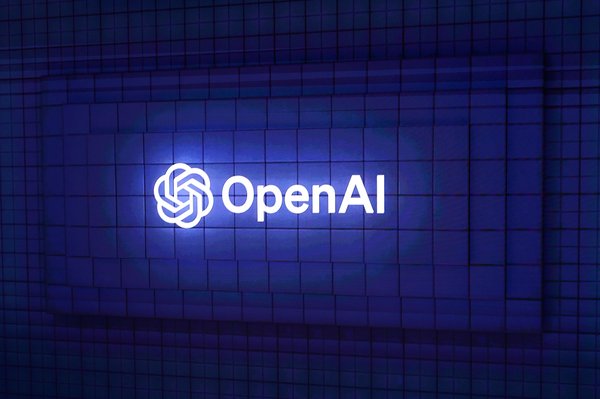OpenAI is significantly expanding its reach by forming strategic partnerships with major players in the tech and retail sectors. Recent agreements with companies such as Nvidia, Walmart, and AMD reflect OpenAI’s ambition to strengthen its position in the rapidly evolving landscape of artificial intelligence and cloud computing. This expansion comes as the startup aims to enhance its capabilities and service offerings across various industries.
One of the most notable developments is OpenAI’s partnership with Nvidia, where the company has placed massive chip orders to support its AI models. This collaboration is expected to bolster OpenAI’s computational power, enabling it to process larger datasets more efficiently. According to Nvidia, the partnership will provide OpenAI with access to state-of-the-art graphics processing units (GPUs), which are essential for training complex AI systems.
In addition to its alliance with Nvidia, OpenAI has secured a significant partnership with Walmart. This collaboration is expected to integrate OpenAI’s AI technologies into Walmart’s retail operations, enhancing customer experience through personalized services and improved inventory management. The financial details of the agreement were not disclosed, but it is part of Walmart’s ongoing efforts to innovate in the e-commerce space.
OpenAI is also making strides in the cloud computing arena. The company has entered into agreements with Microsoft and AMD to expand its cloud capabilities, which are crucial for the deployment and scaling of its AI models. These partnerships will provide OpenAI with the infrastructure needed to support its growing user base and the increasing demand for AI-driven solutions.
Financial Implications and Market Impact
As OpenAI continues to forge these partnerships, the financial implications are becoming clearer. The company is reportedly investing around $10 billion into these collaborations, which underscores its commitment to maintaining a competitive edge in the AI market. Analysts suggest that this aggressive strategy may lead to significant growth in revenue over the coming years.
Market reactions to these developments have been positive, with shares of Nvidia and AMD experiencing upticks following the announcements. OpenAI’s expansion is viewed as a critical driver of demand for advanced computing solutions, which could lead to increased profitability for its partners.
The partnerships also reflect a broader trend within the technology sector, where collaboration is becoming increasingly important. By aligning with established companies, OpenAI is positioning itself as a key player in the AI ecosystem. This approach not only enhances its technological capabilities but also opens new revenue streams through joint ventures and shared resources.
The Future of OpenAI
Looking ahead, OpenAI’s recent deals suggest a robust growth trajectory. The company’s focus on building partnerships with industry leaders indicates a strategic vision aimed at integrating AI into everyday applications. As businesses across various sectors seek to leverage AI technologies, OpenAI is well-placed to capitalize on this demand.
Furthermore, the ongoing innovations in AI and cloud computing will likely lead to new use cases and applications, further solidifying OpenAI’s role in shaping the future of technology. As the company continues to expand its partnerships, it remains to be seen how these alliances will influence the broader market and drive advancements in artificial intelligence.
In conclusion, OpenAI’s proactive approach to partnerships with Nvidia, Walmart, and AMD underscores its ambition to lead in the AI industry. With substantial investments and strategic collaborations, OpenAI is not only enhancing its own capabilities but also contributing to the evolution of technology in various sectors.





































































